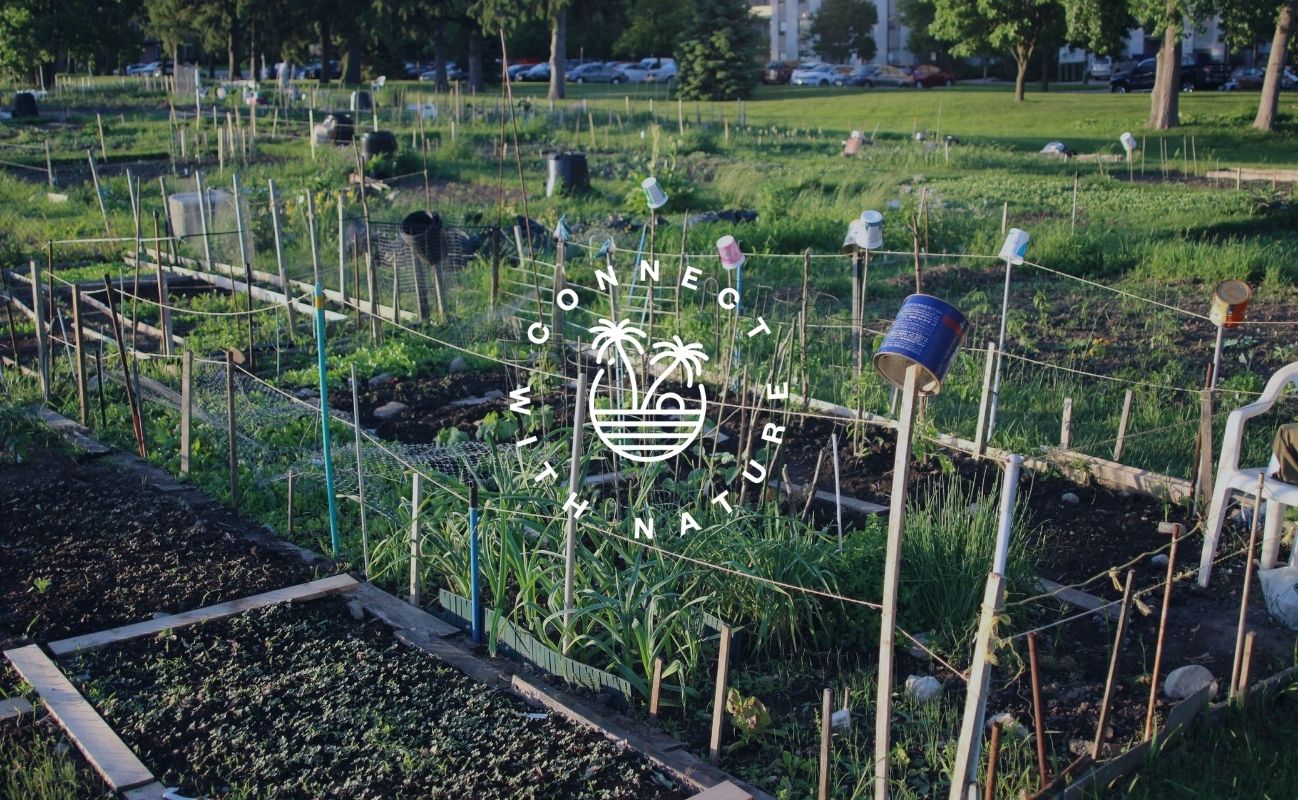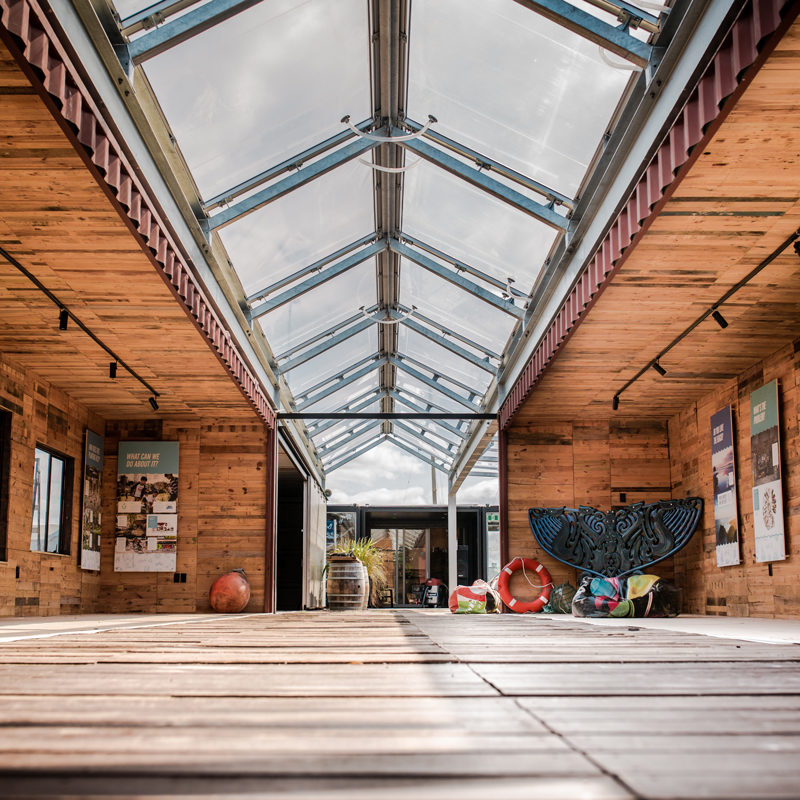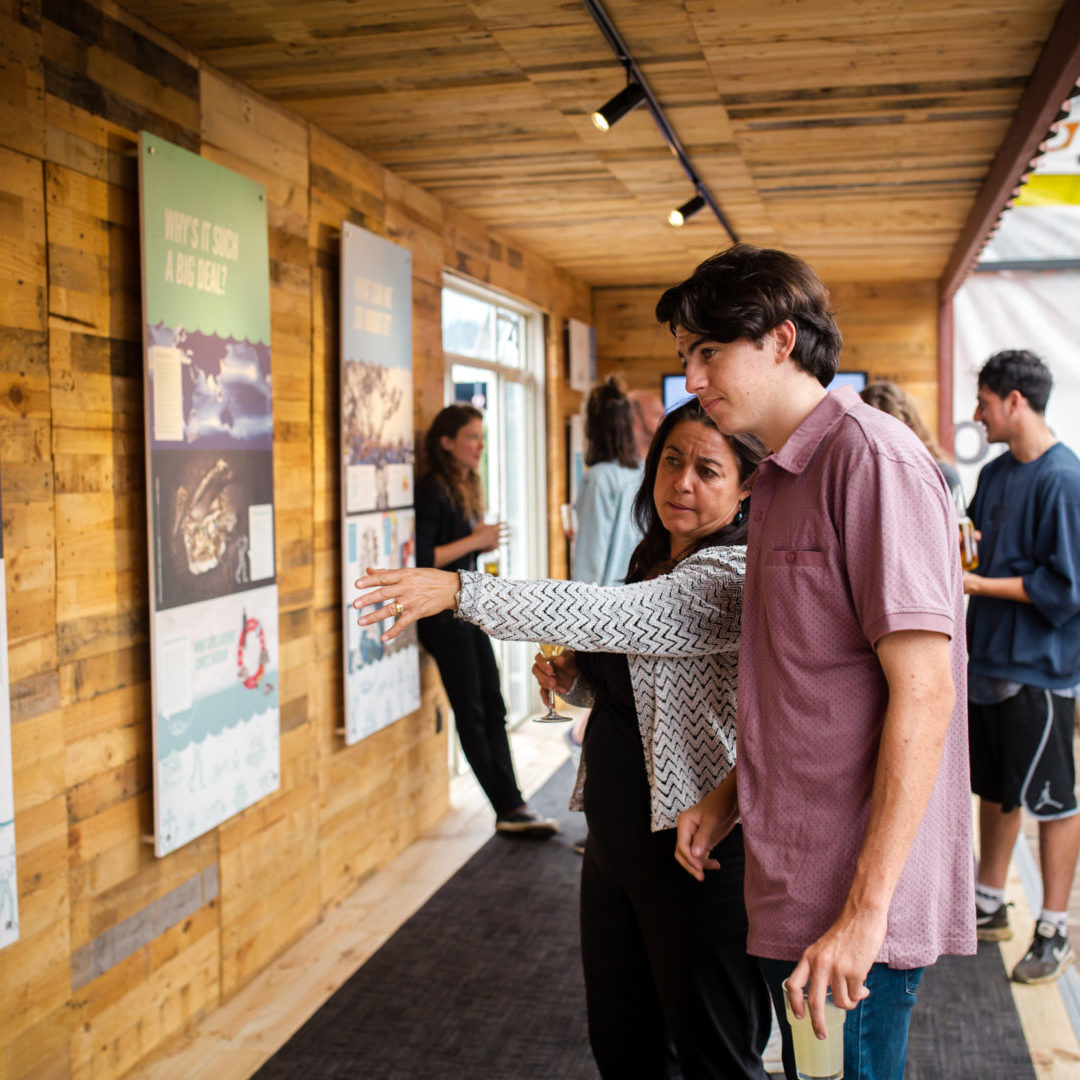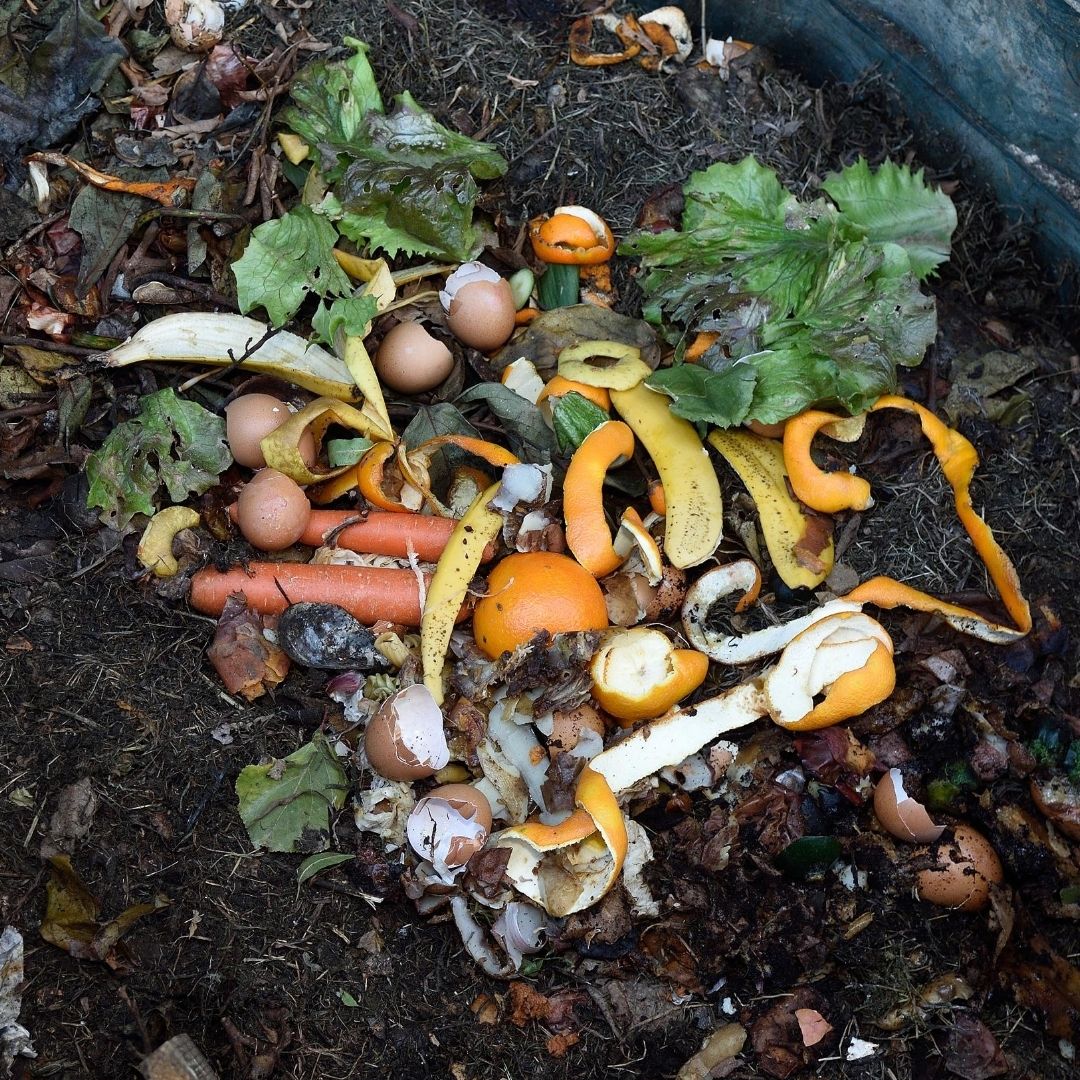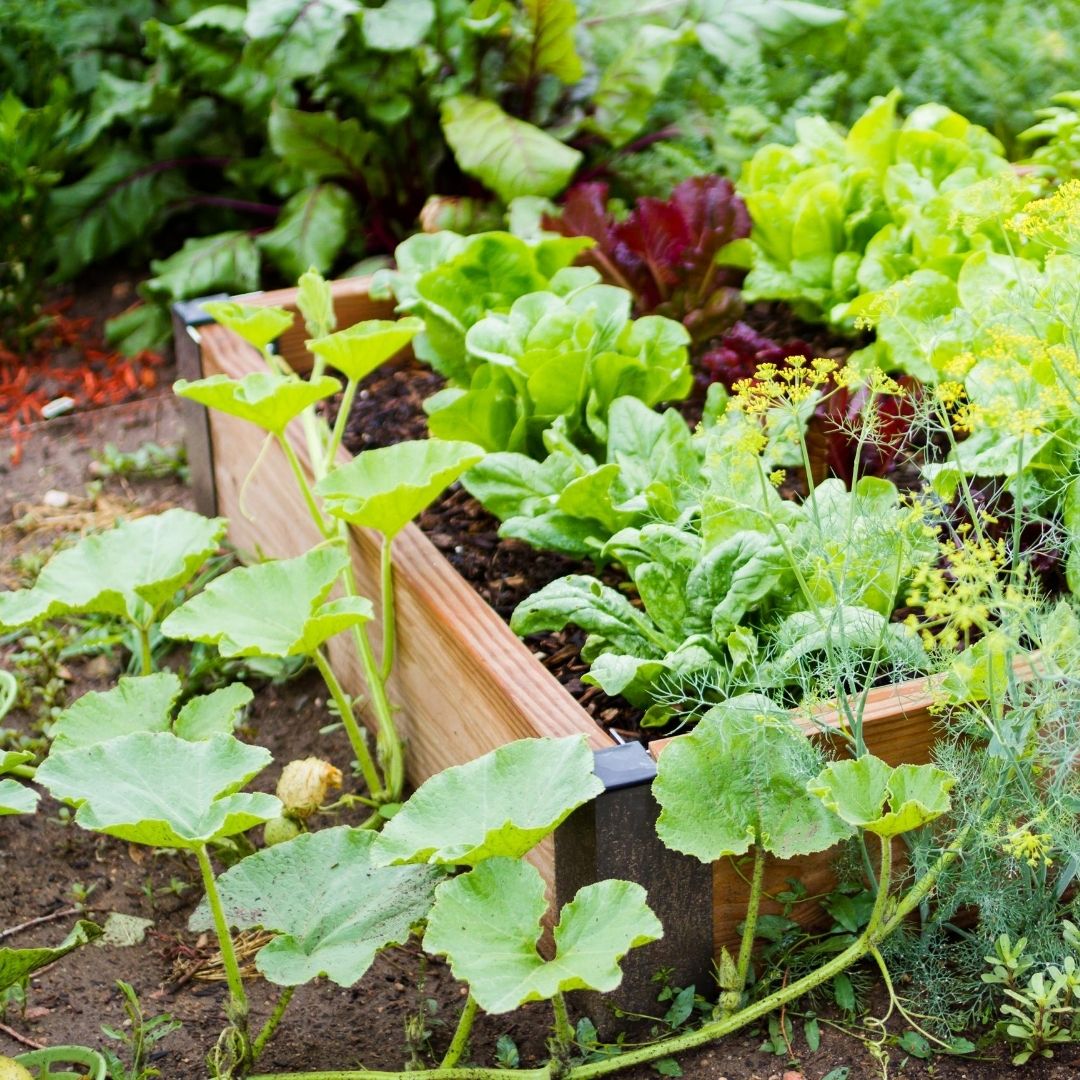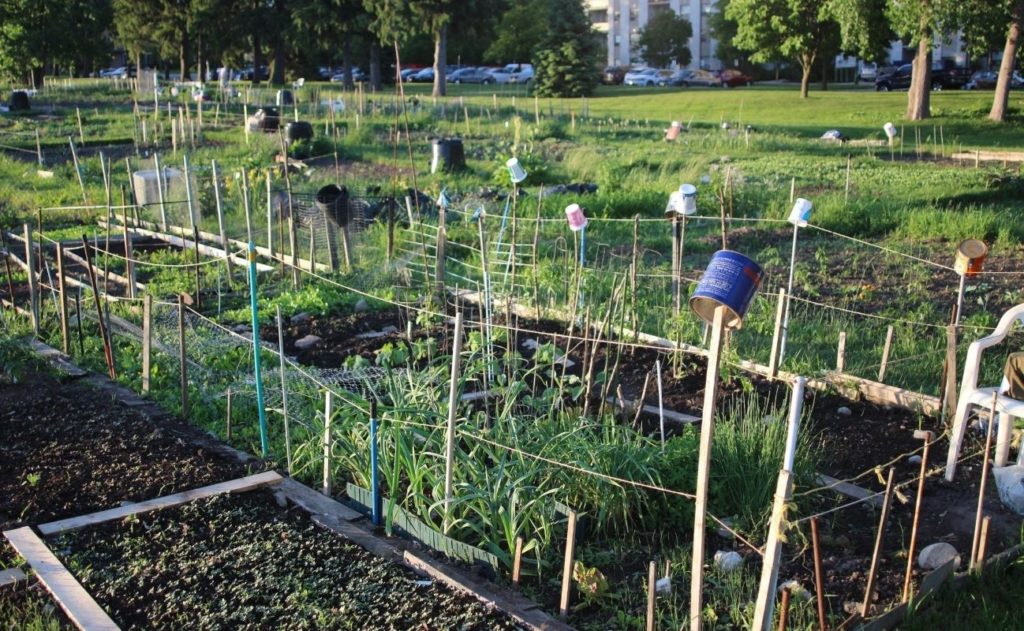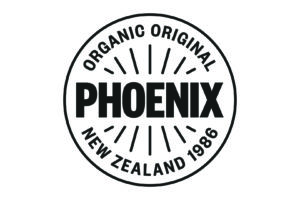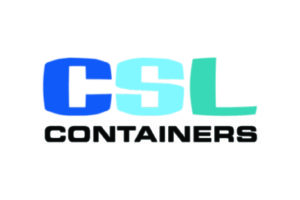A connection to nature can be as simple as appreciating the tree by the roadside. But to fully appreciate our connection to nature, we can look at what nature gives us and what we give back in return. For most urban environments, this relationship can look a little like a one-way street.
That’s where regenerative practices in our urban environments come in. ‘Regenerative’ means to improve rather than merely sustain, so regenerative practices are those that give more than they take.
We thought we would connect you with some of the ways in which our urban environments can live more harmoniously with nature, using our friends at For The Love of Bees and our very own Flagship Education Centre (a contender for the Living Building Challenge) as examples.

